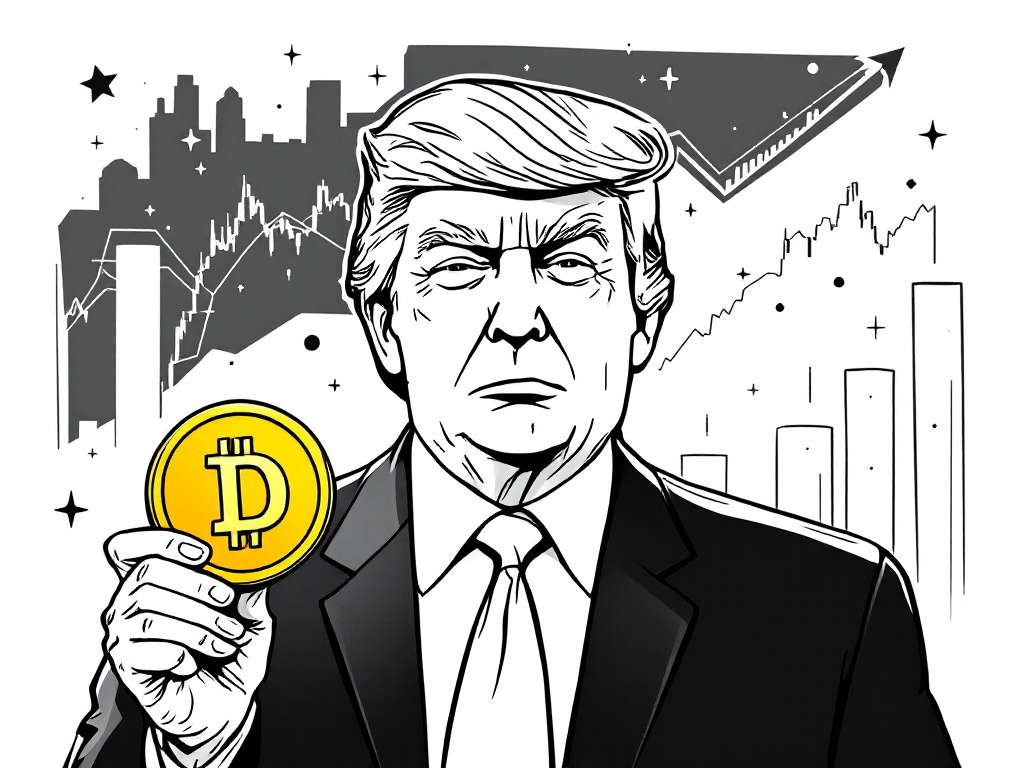Trump Proposes Returning DOGE Savings to Americans Amid Inflation Concerns

Washington, Thursday, 20 February 2025.
President Trump considers distributing 20% of Elon Musk’s Department of Government Efficiency savings to Americans, raising questions about inflation impact and transparency of the savings figures.
Trump’s Latest Economic Proposal
During an investment conference in Miami Beach on February 18, 2025, President Donald Trump announced he is considering a plan to distribute 20% of savings from the Department of Government Efficiency (DOGE) to American citizens, with another 20% earmarked for debt reduction [1][2][3]. The proposal, originally suggested by DOGE head Elon Musk, could potentially result in payments of up to $5,000 per household, contingent on the department achieving its ambitious cost-cutting targets [5].
Disputed Savings and Transparency Concerns
While DOGE claims to have achieved $55 billion in savings [4], significant discrepancies have emerged in these figures. A critical NPR analysis revealed that a major portion of the claimed savings stemmed from accounting errors, including a notable typo that inflated an $8 million contract to appear as an $8 billion saving [4][7]. The department’s stated goal of achieving $2 trillion in federal spending cuts appears increasingly challenging, with Musk himself acknowledging that a ‘best-case outcome’ might be closer to $1 trillion [7].
Economic Impact and Inflation Concerns
The proposal comes at a sensitive time for inflation management, with the 12-month consumer price index showing a 3% increase as of January 2025 [7]. Economists remain skeptical about the initiative, pointing to historical data showing that previous stimulus payments contributed up to 2.6 percentage points to U.S. inflation rates [7]. UC Berkeley Professor Guo Xu has criticized the proposal as a populist measure that could undermine federal efficiency [5].
Implementation Challenges
The administration has yet to provide specific details about how or when these payments would be distributed [3]. James Fishback, a DOGE adviser, suggests the payments could be structured as a ‘DOGE dividend’ for tax-paying households, but this remains contingent on achieving significant savings by July 2026 [5]. Critics, including University of Chicago professor Canice Prendergast, suggest that potential savings might be largely consumed by severance payments for displaced federal workers [5].
Sources
- apnews.com
- www.nbcnews.com
- www.nytimes.com
- www.npr.org
- www.aljazeera.com
- www.cnbc.com
- www.theguardian.com